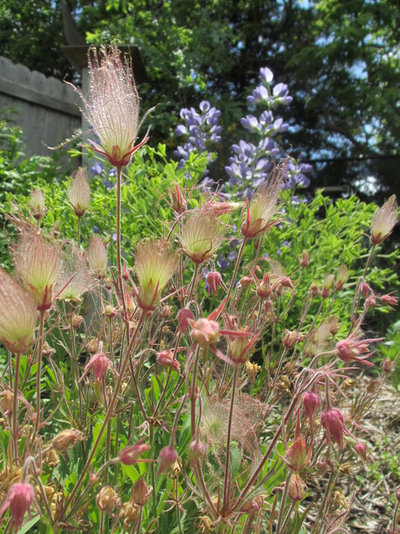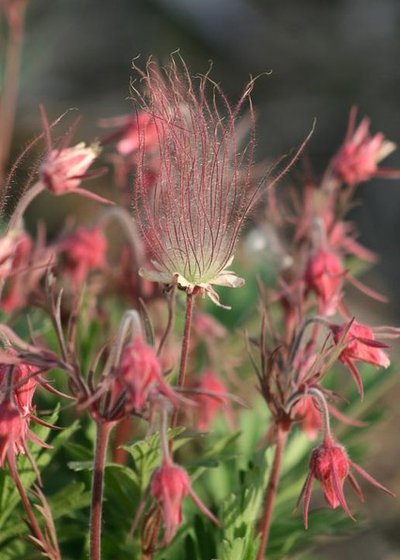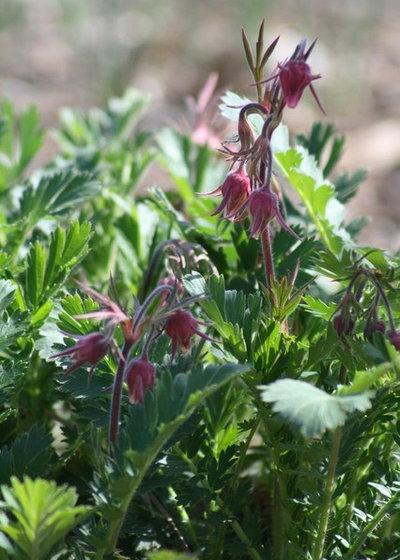If you like troll dolls, I have a similar-looking plant for you. While prairie smoke (
Geum triflorum)
is nothing like a troll — it doesn’t keep asking you out when you clearly aren’t interested — it will keep on growing in the toughest conditions almost year-round. This low-maintenance, drought-tolerant little perennial is native to cooler climates of the middle and western U.S., and it certainly could stand to be used more. I can just imagine drifts of hundreds or thousands of prairie smoke plants in a large garden replacing spring bulbs like tulips. Can you?

Benjamin Vogt / Monarch Gardens
Botanical name: Geum triflorumCommon names: Prairie smoke, old man’s whiskers
Origin: Native from the northern Midwest (Illinois, Wisconsin, Iowa, Minnesota) into the northern Plains and the entire Mountain West into Nevada, Northern California, Oregon and Washington
Where it will grow: Hardy to -40 degrees Fahrenheit (USDA zones 3 to 7; find your zone)
Water requirement: Dry to medium soil
Light requirement: Full sun to 25 percent shade
Mature size: 6 to 12 inches tall and up to 18 inches wide
Benefits and tolerances: A well-behaved ground cover; loves rocky soil
Seasonal interest: Red, closed, drooping blooms in late spring give way to sparkly, smokey-looking seed heads and seed heads that slowly mature; fall color
When to plant: Potted or bare-root plants can be planted from spring to fall; seed in fall or winter.

Benjamin Vogt / Monarch Gardens
Distinguishing traits. Prairie smoke looks best during its period of unique blooms (the closed flowers bend downward) and after, with a show of glittery seed heads from late spring into early summer. This ground cover also produces attractive fall color from bright oranges to reds, while a large portion may remain evergreen. Bumblebees are the most common pollinators, working hard to pry open each drooping bloom. Its feathery-looking leaves are soft and fun to touch, and they tend to remain upright early in the season before flattening out somewhat.
How to use it. Try massing this modest and well-behaved ground cover or tucking it in among boulders. It’s not a fan of taller competition, so open spaces or in the front of the border is best.

Benjamin Vogt / Monarch Gardens
Planting notes. Well-drained, dry to medium soil is best; even a rocky or sandy soil will make it happy. It’s fairly adaptable to clay and medium to slightly moist conditions if the drainage is good. Prairie smoke prefers a cooler climate and will thrive in such places. It’s low maintenance and unique, and is certainly underutilized in planting designs.





